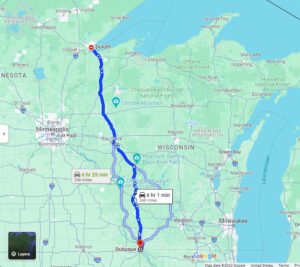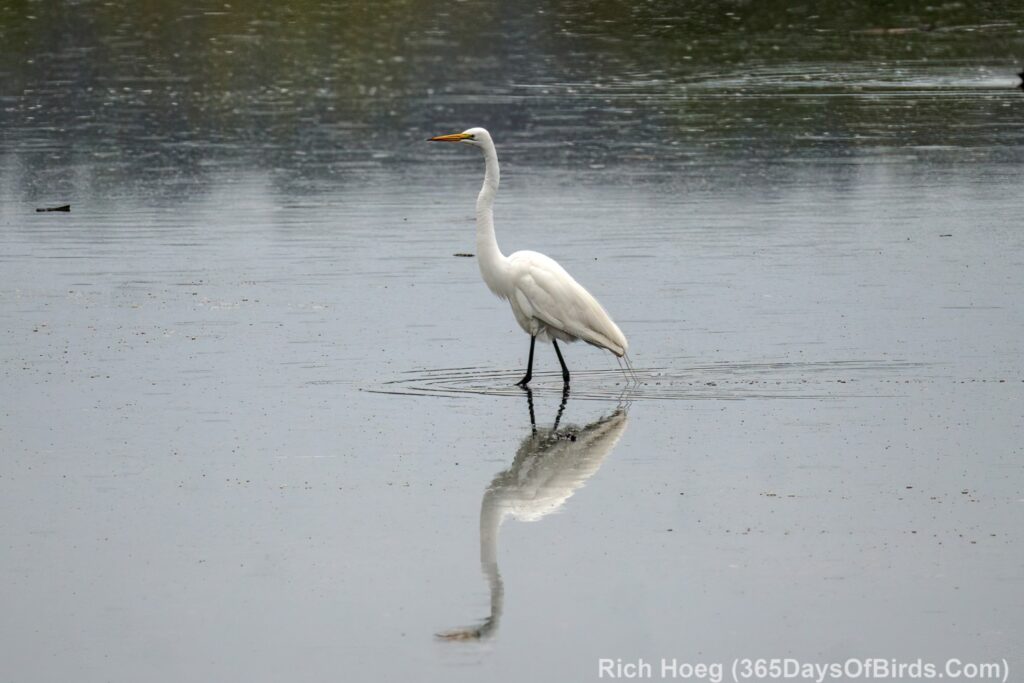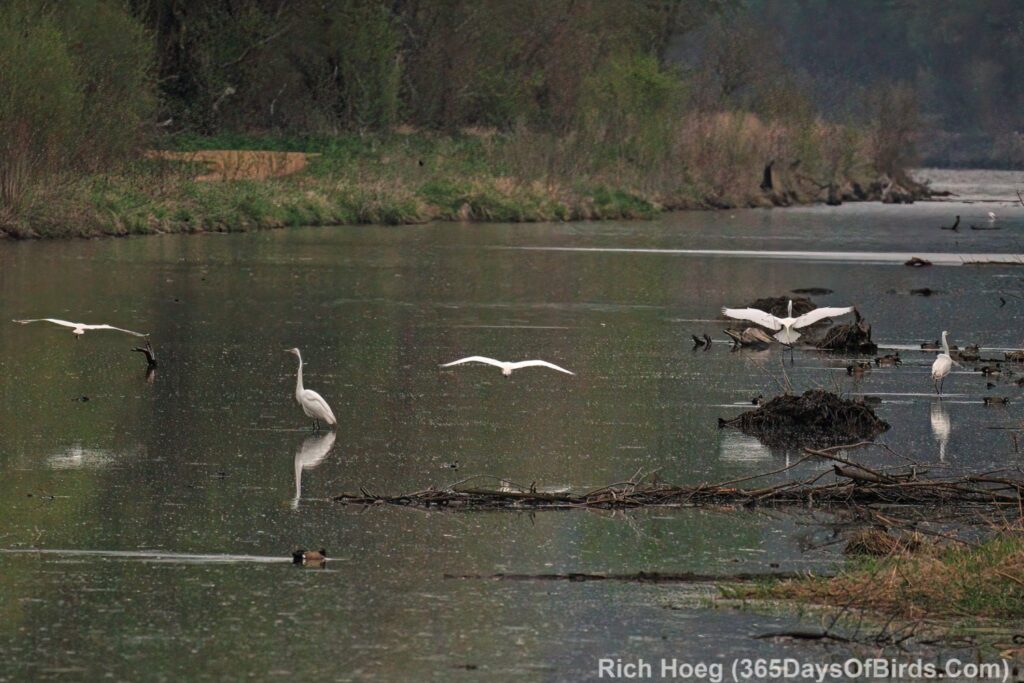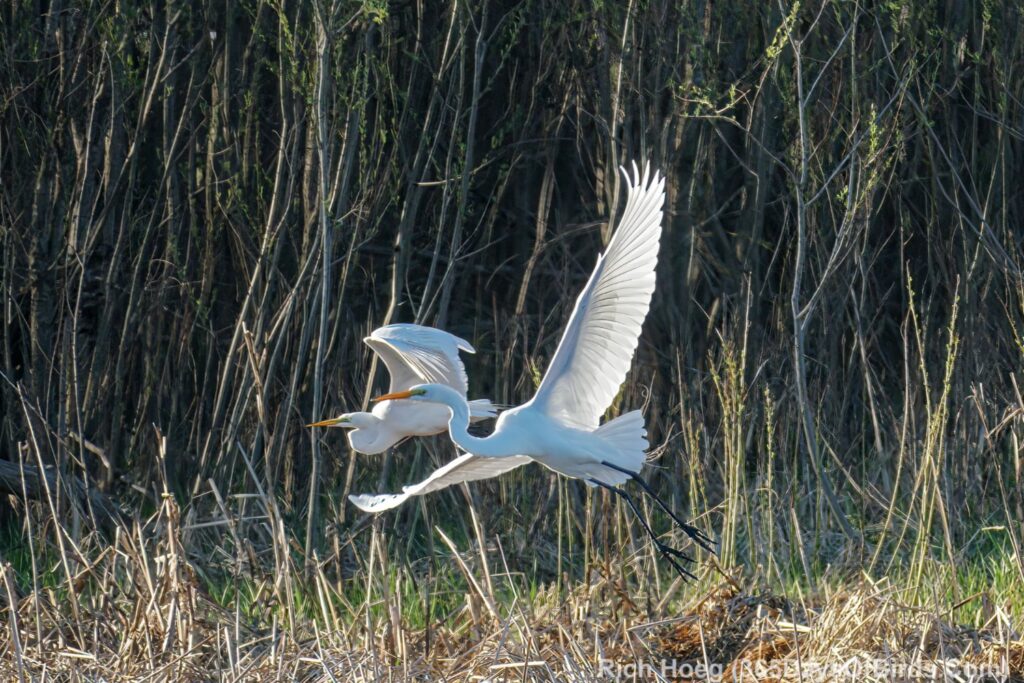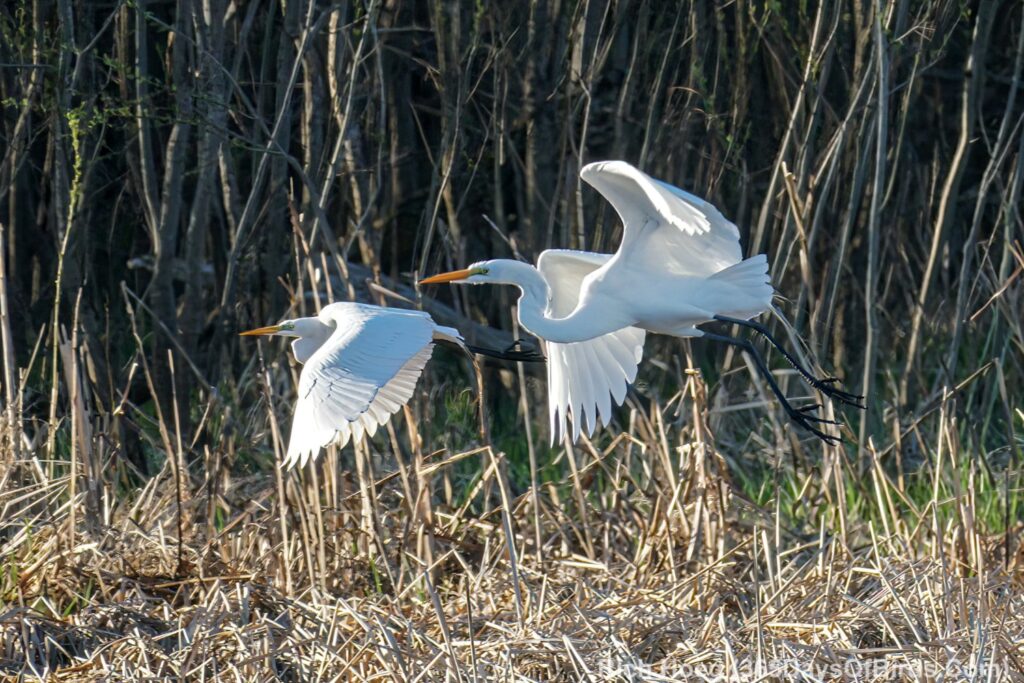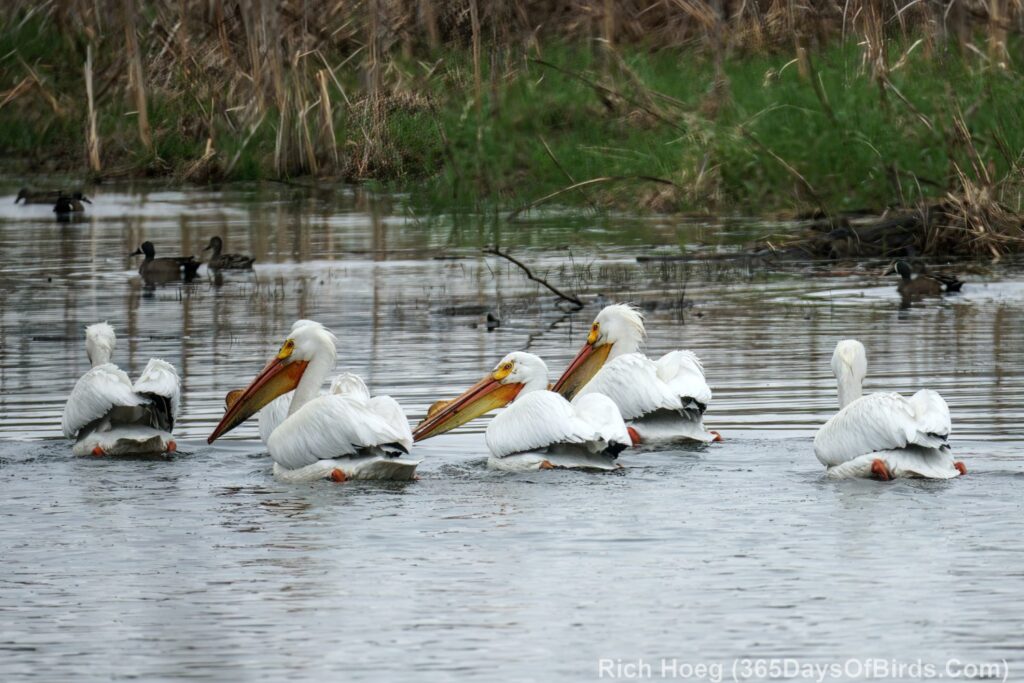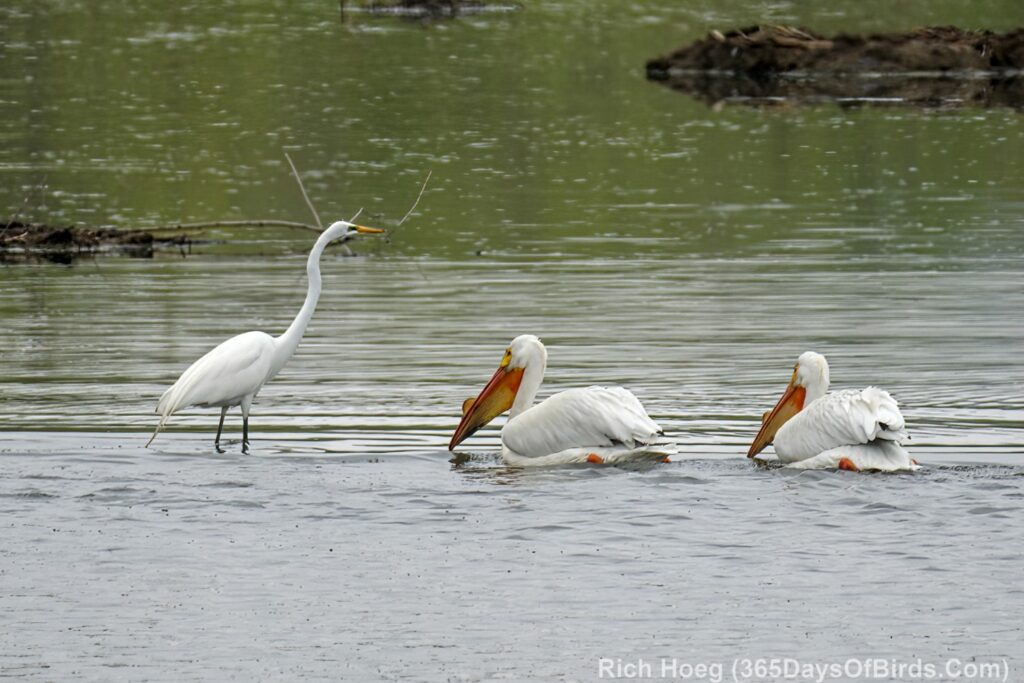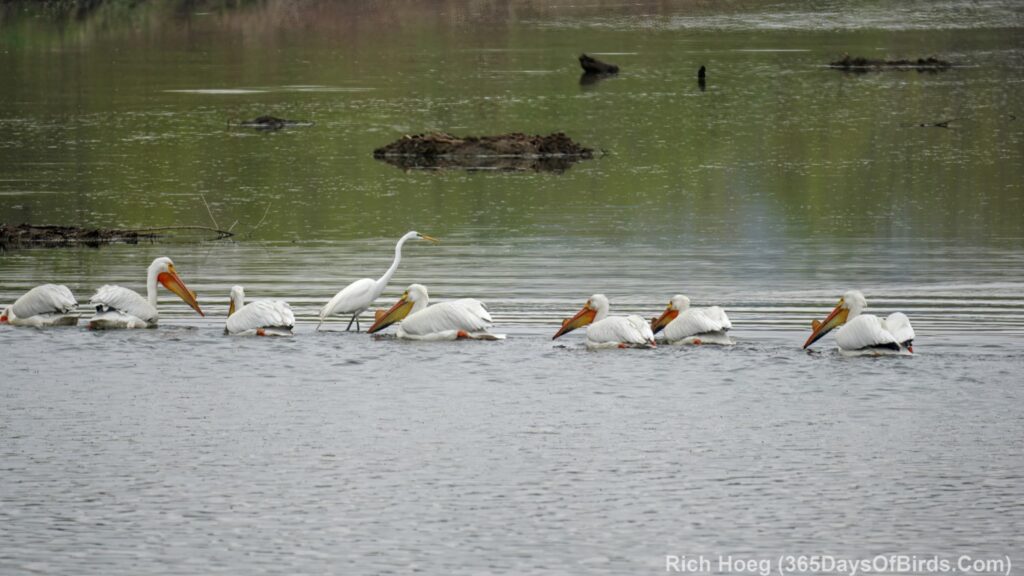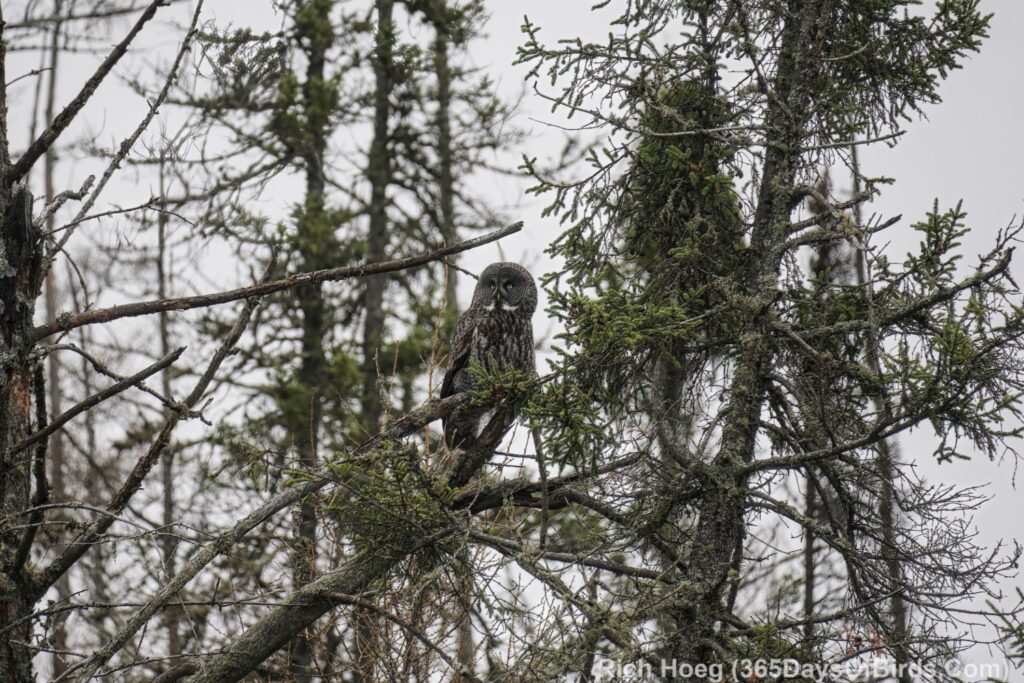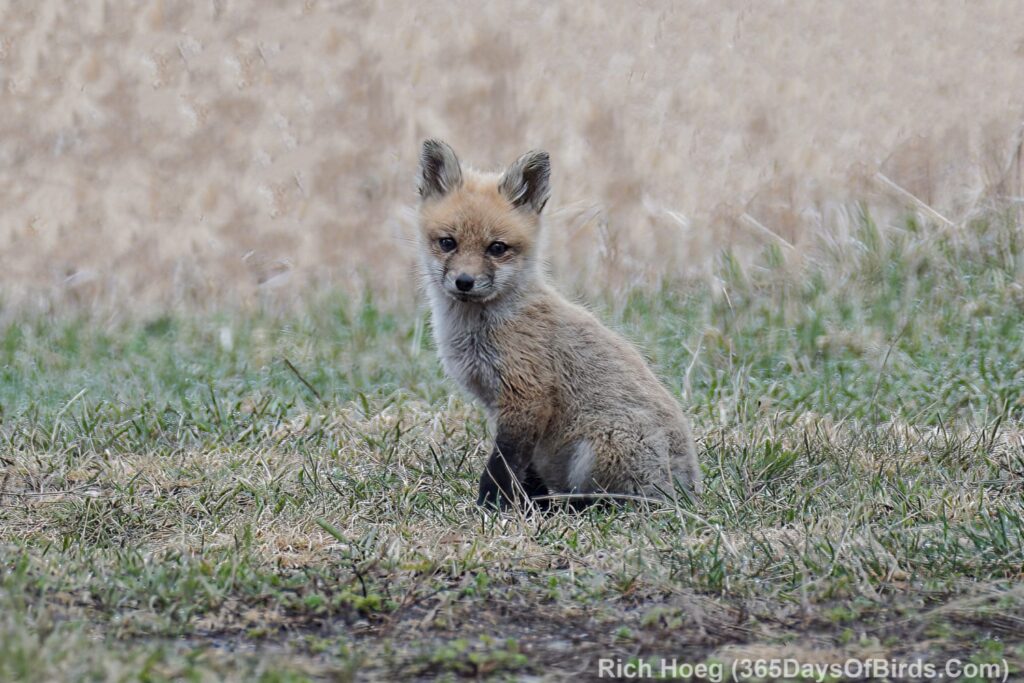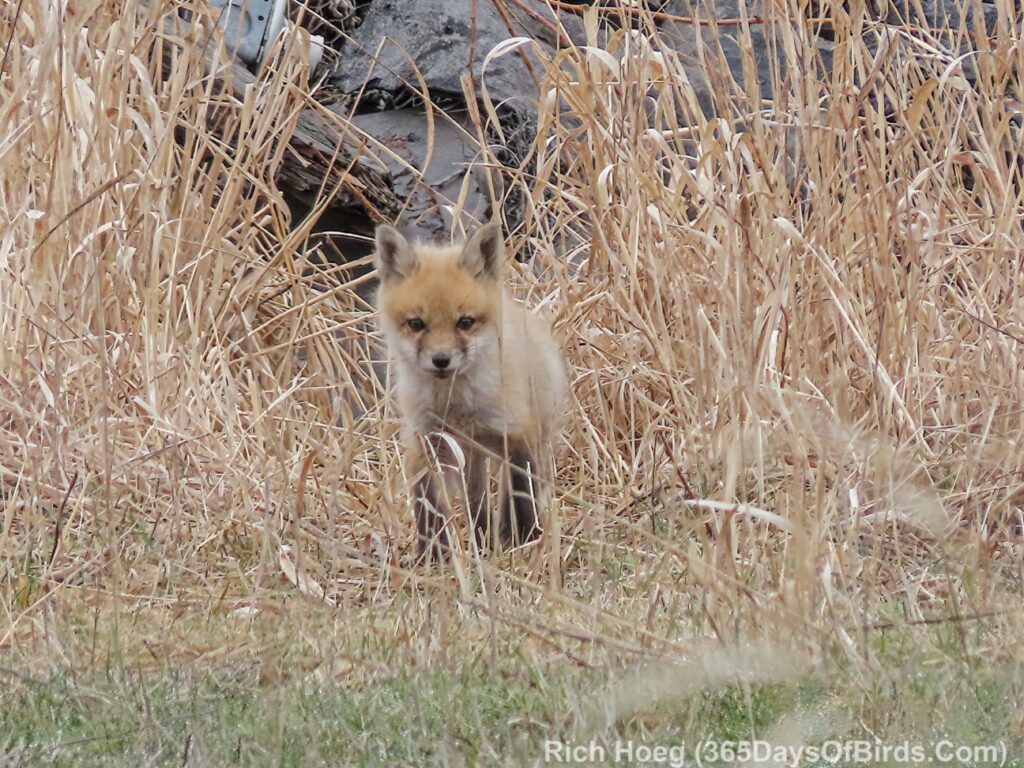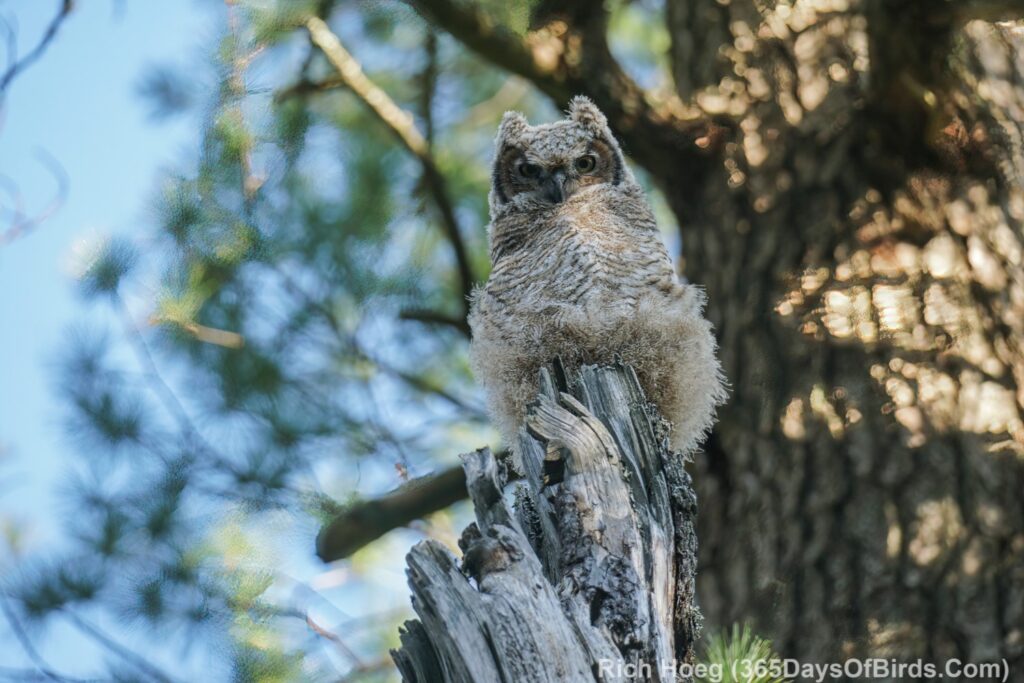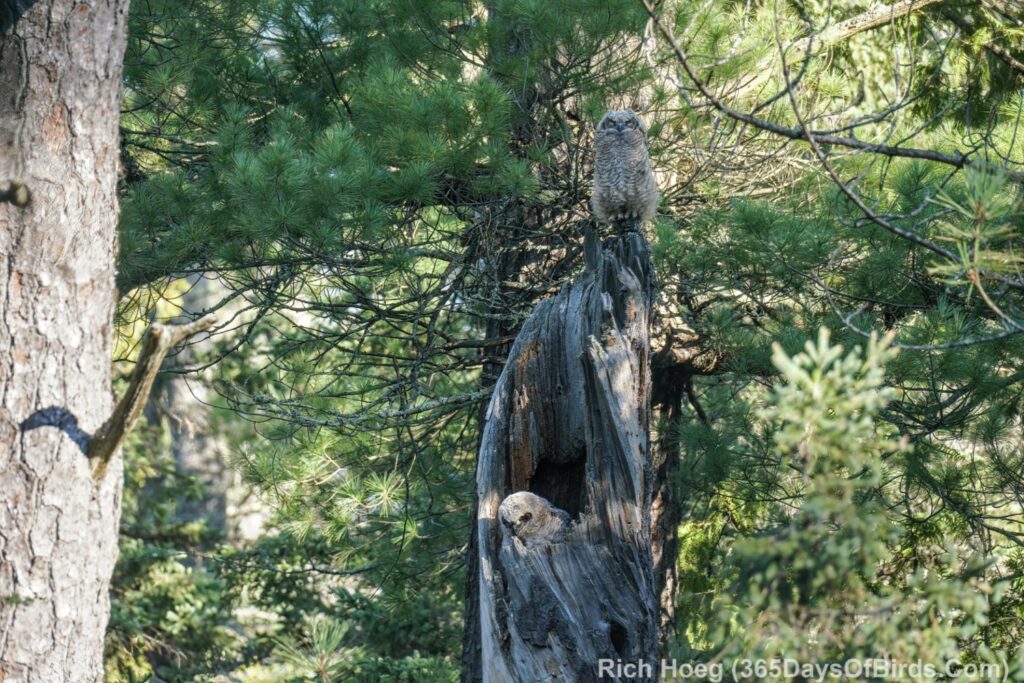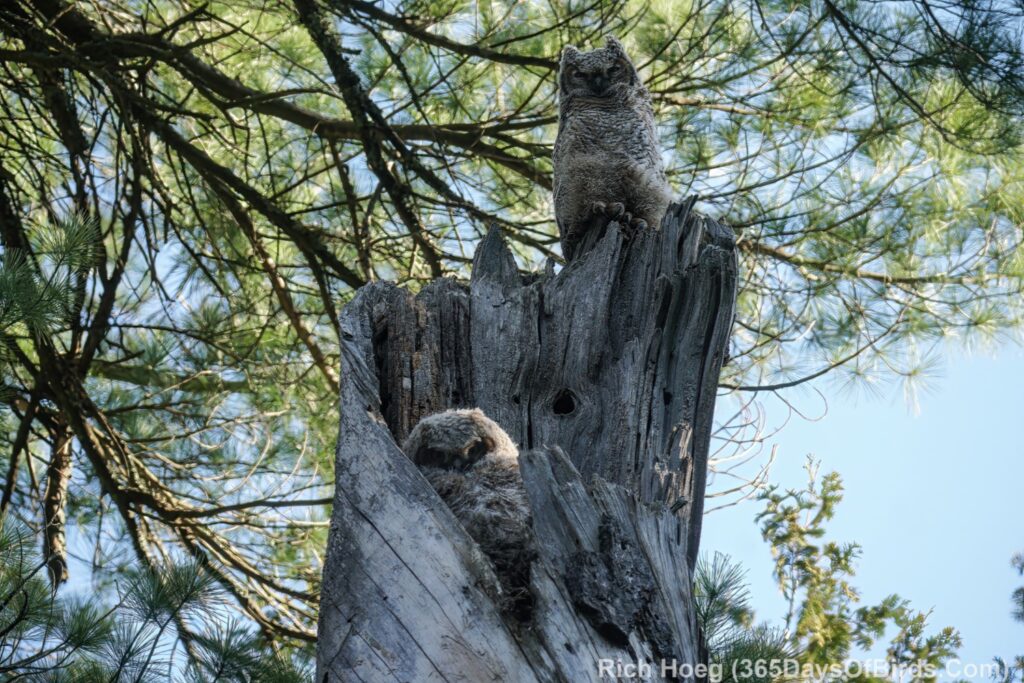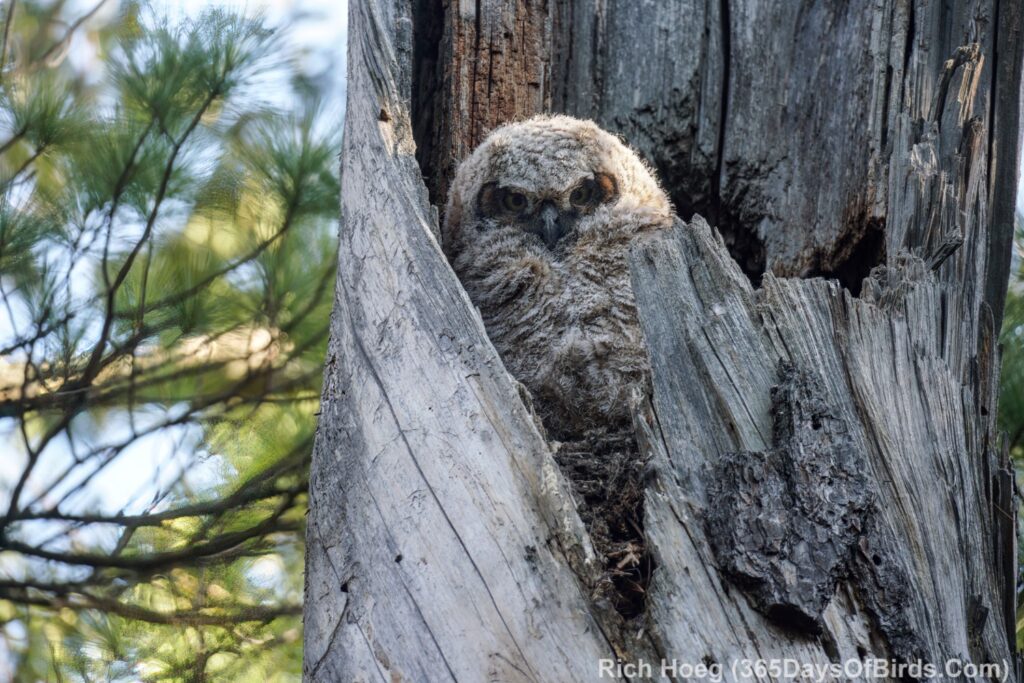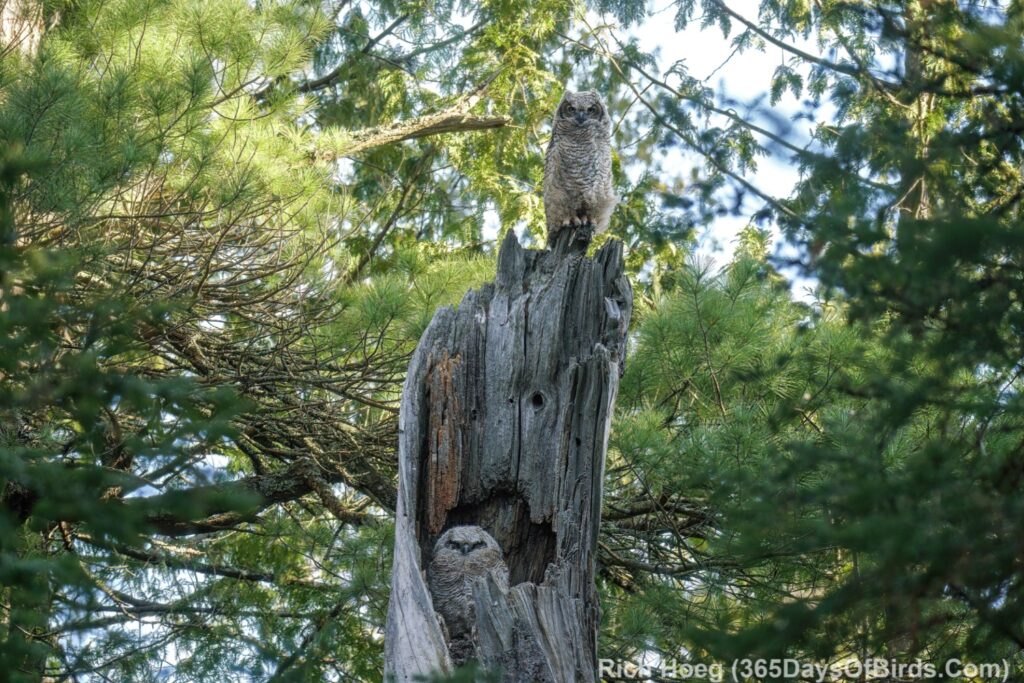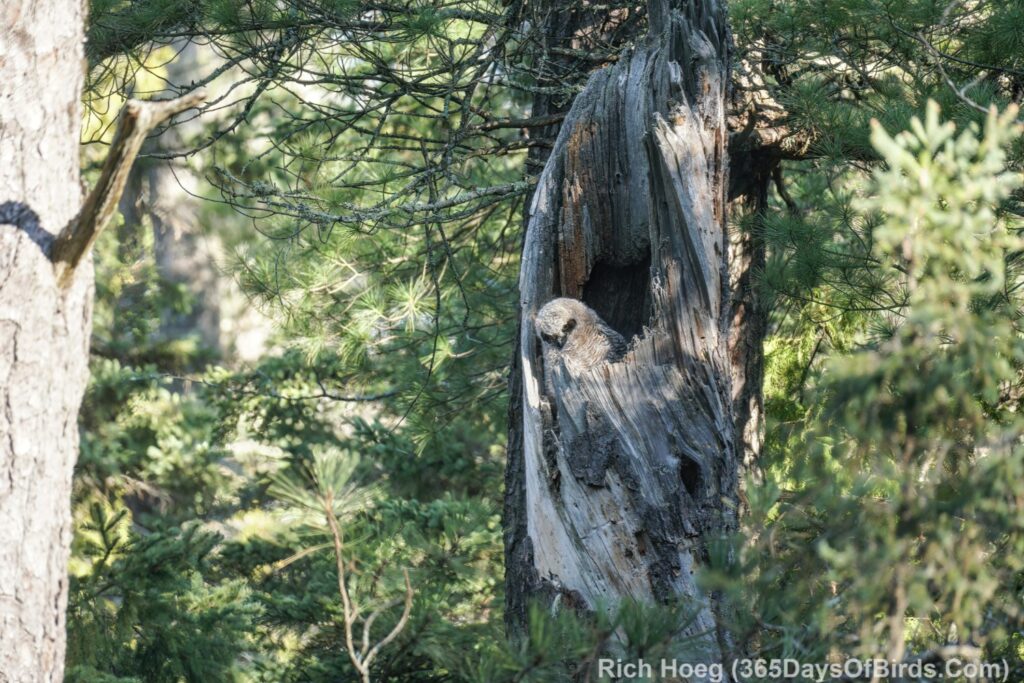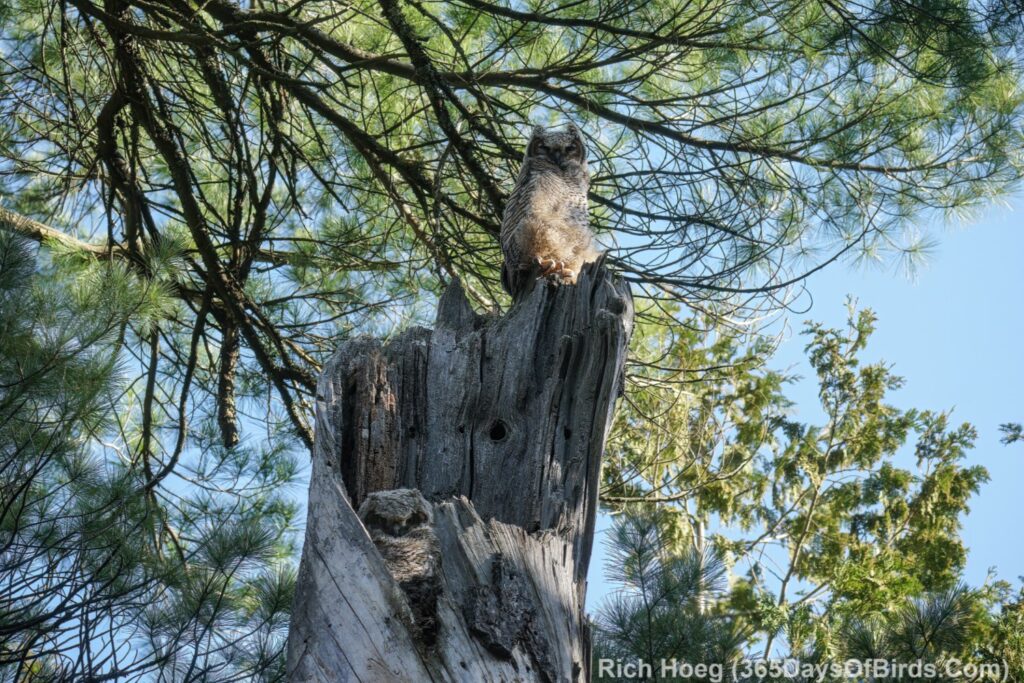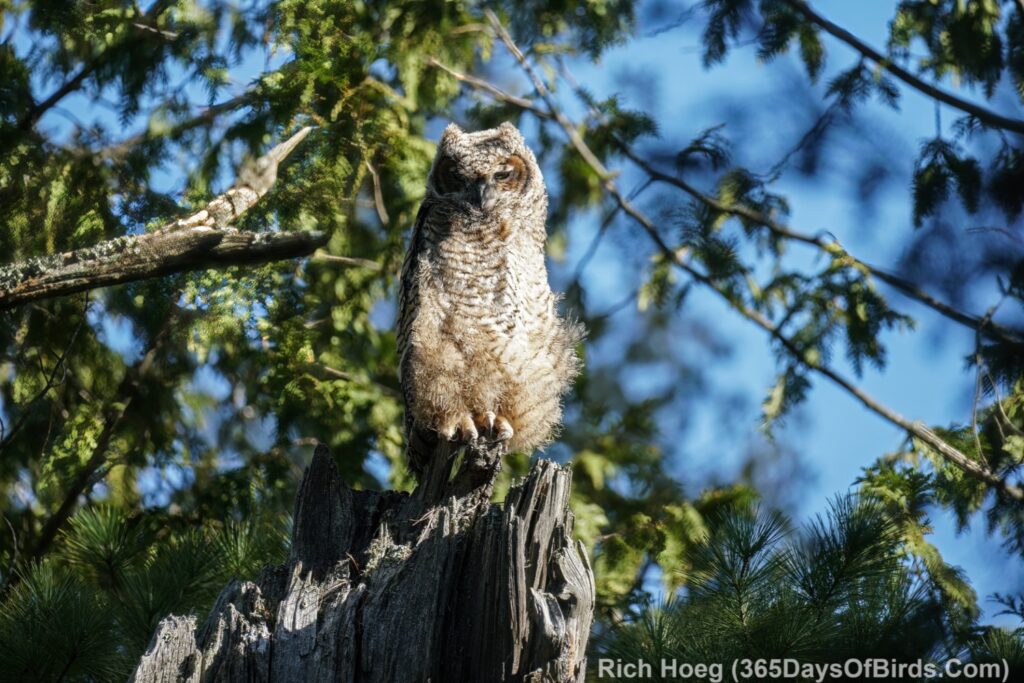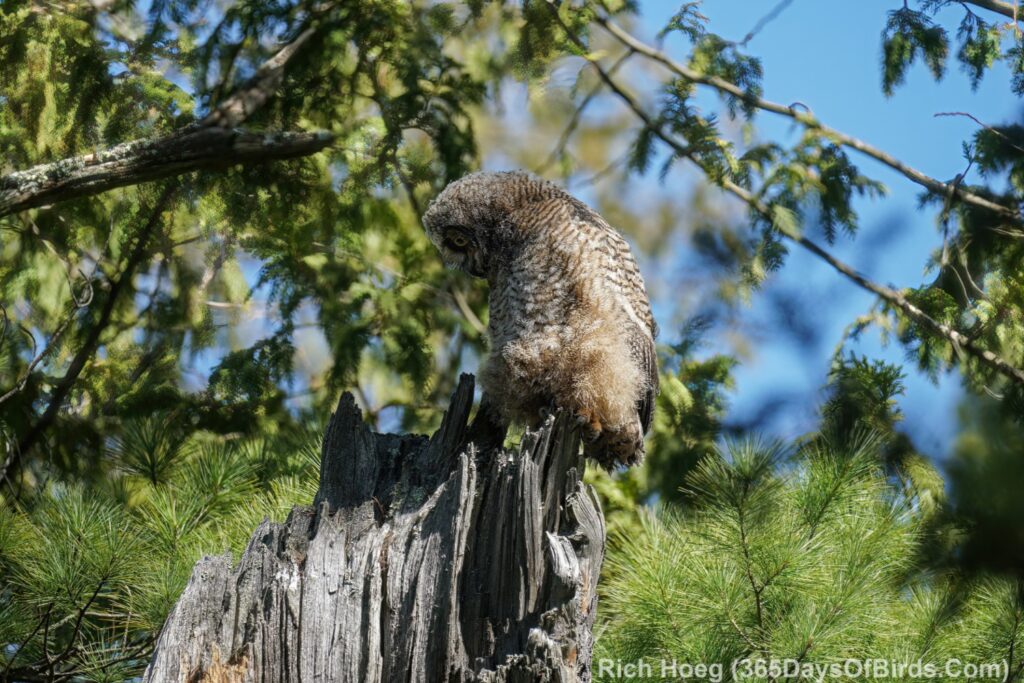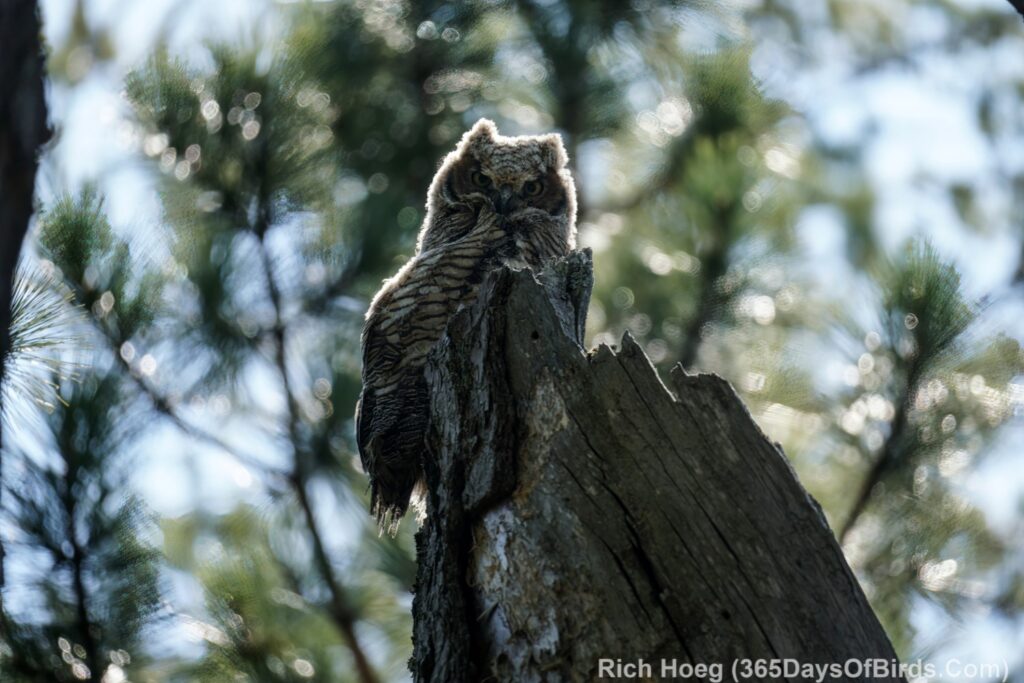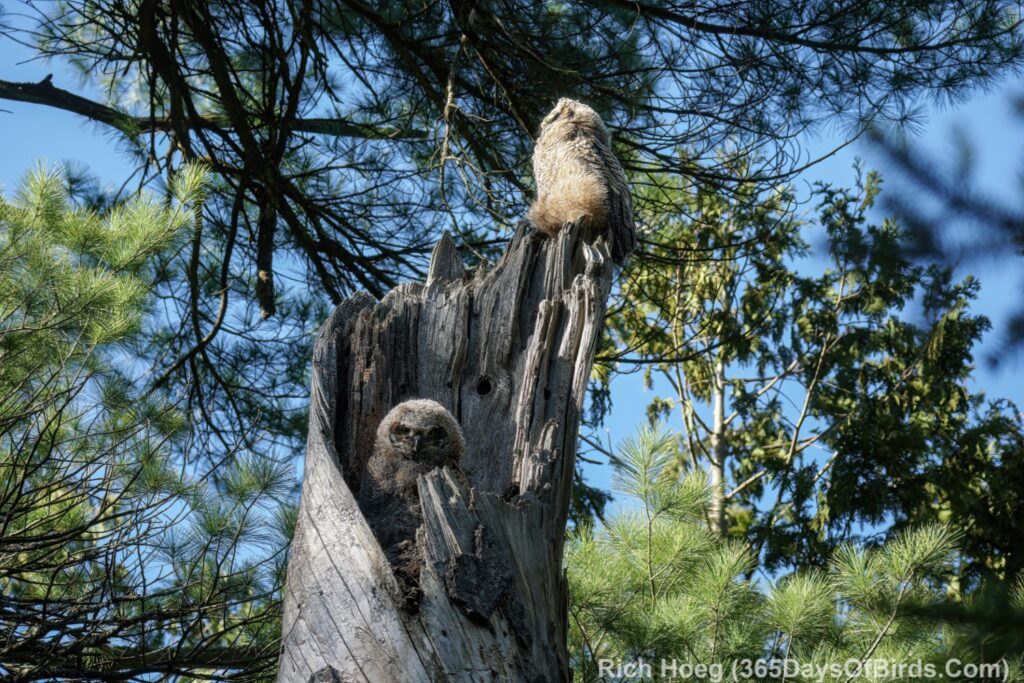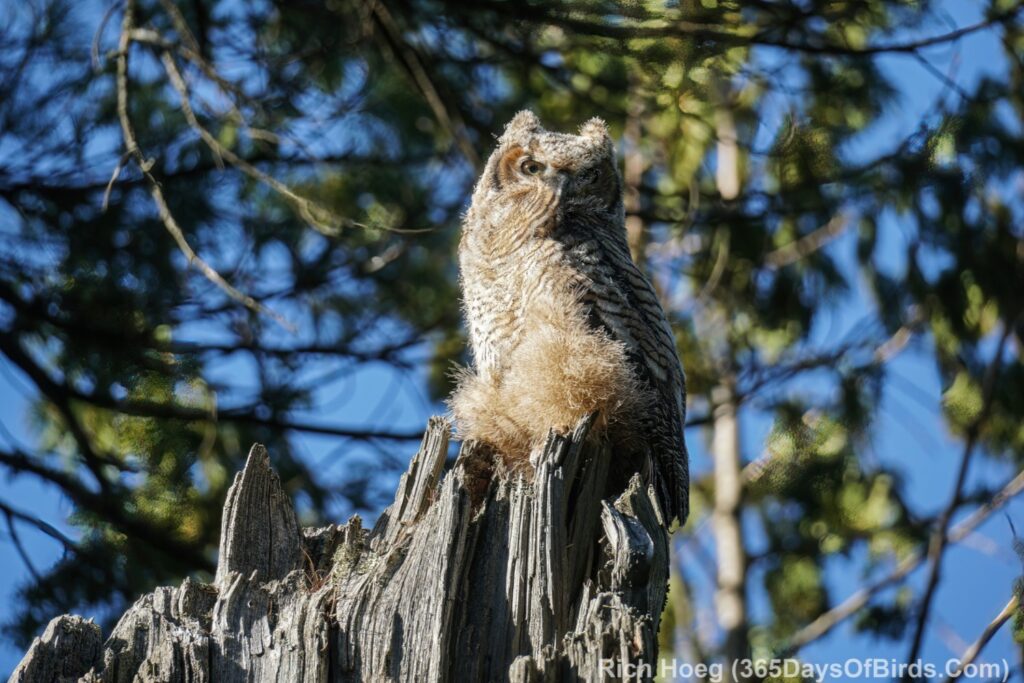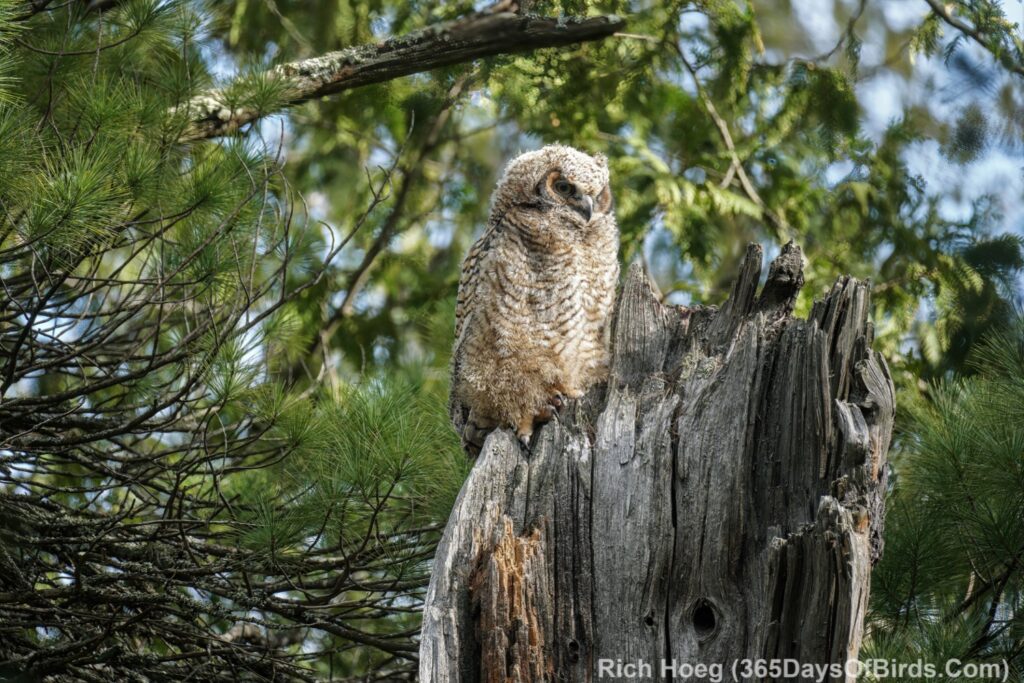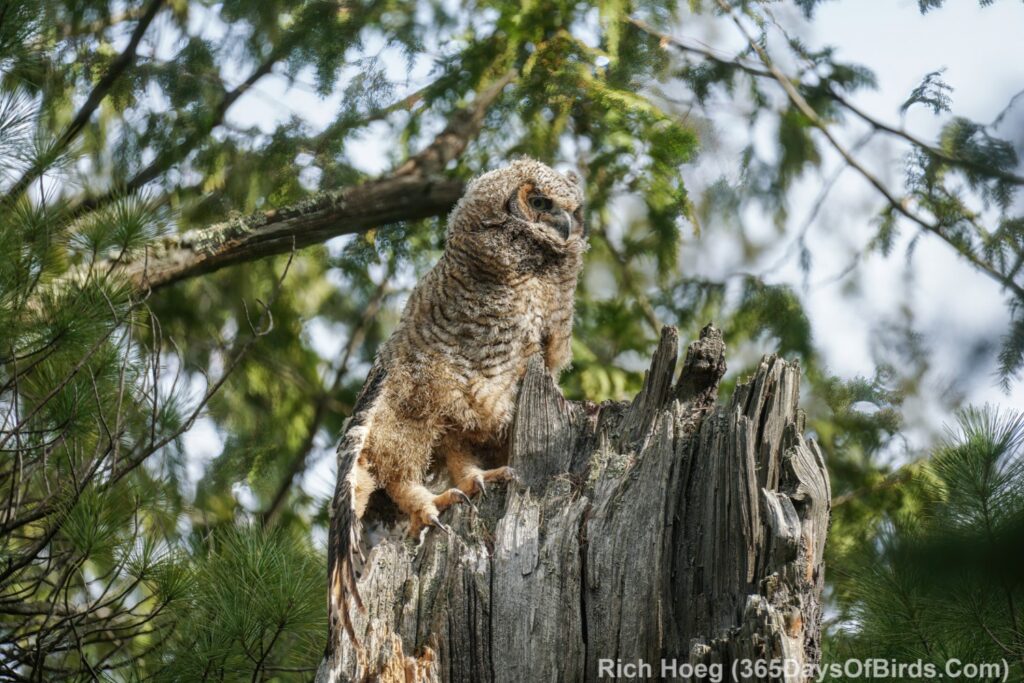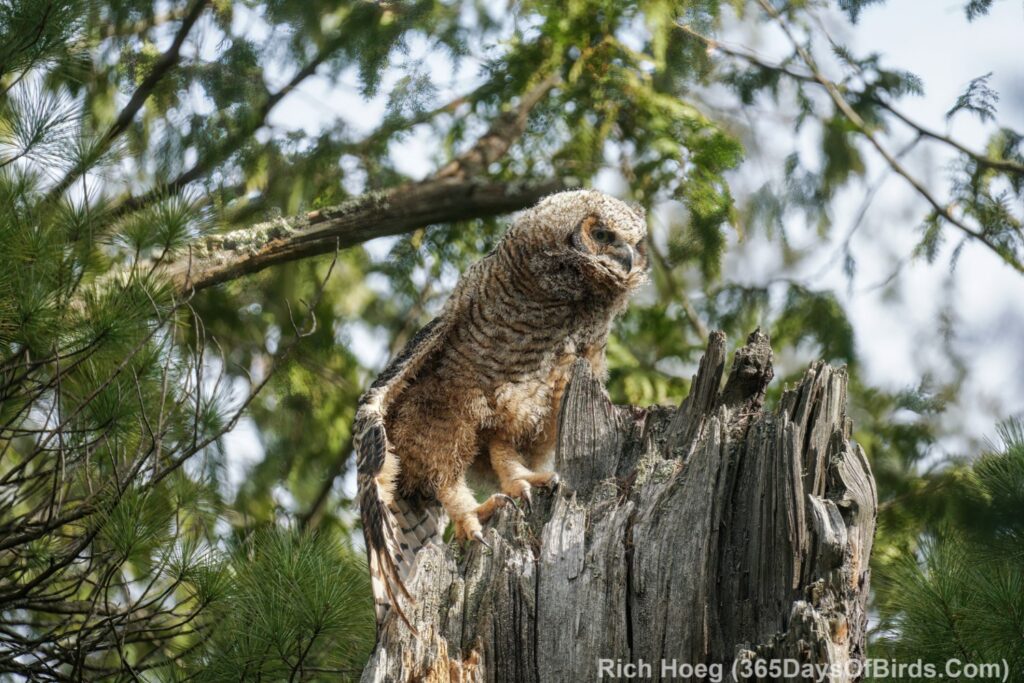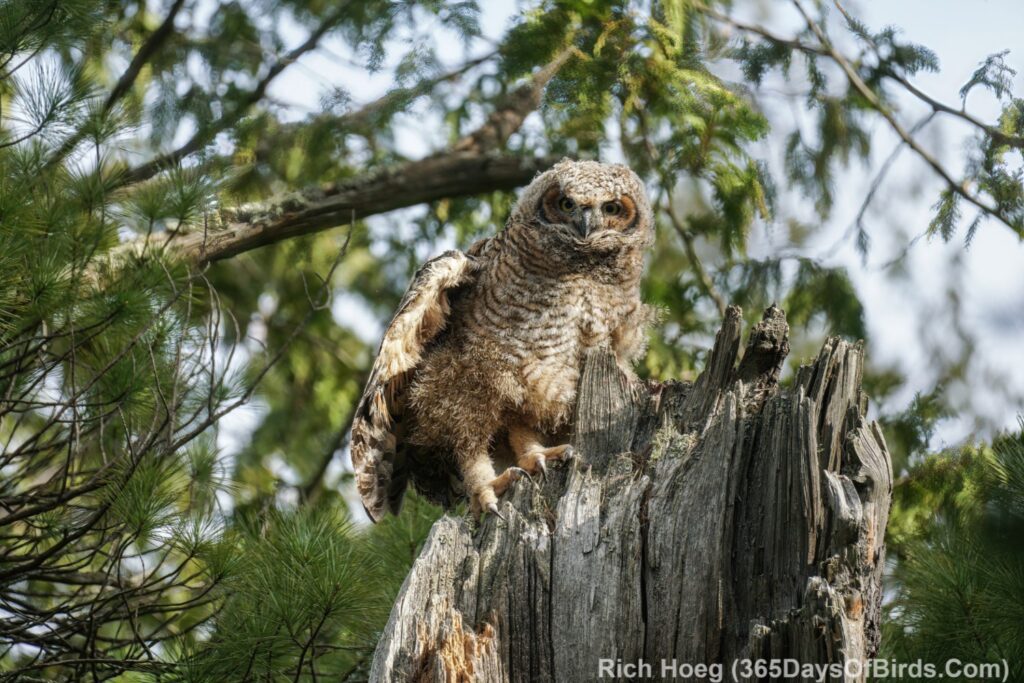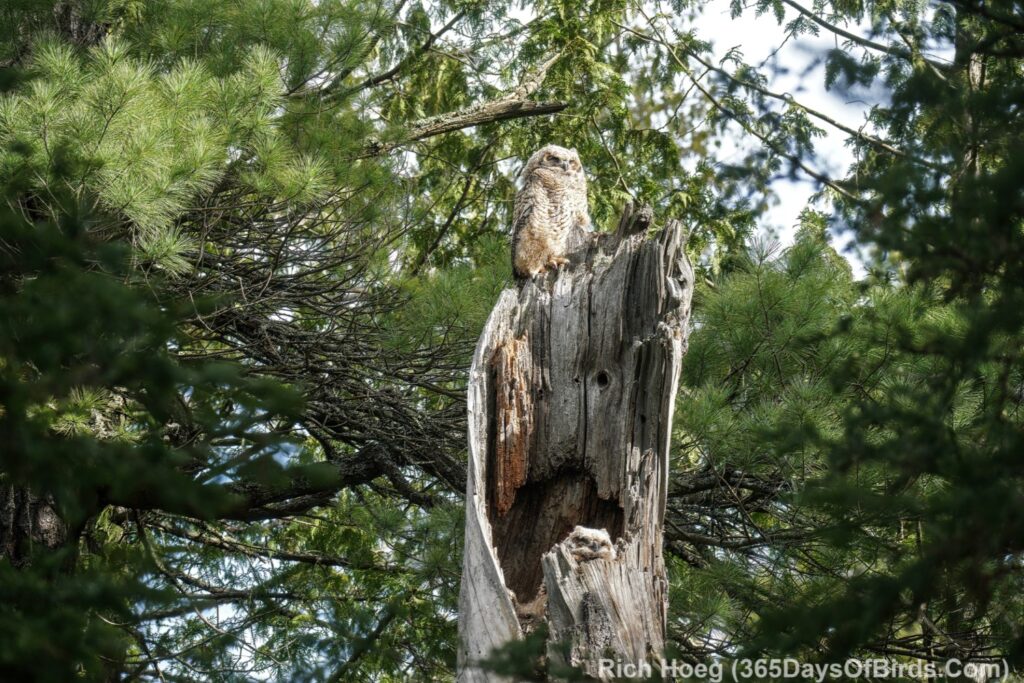Molly and I needed an escape from the cold Northland. Cancer treatment had cancelled our winter and spring travel plans. I looked at a map and realized Dubuque, Iowa was straight south of Duluth. 6+ hours of driving would get us to the Mississippi River without any need to travel through the Twin Cities. Further research revealed a nice cabin overlooking the river on the grounds of a beautiful old estate which is now a foundation (Marvin Gardens Cabin at the Four Mounds Foundation … also a B&B in one of the former country estate buildings).
Image Courtesy of Four Mounds Foundation – Marvin Gardens Cabin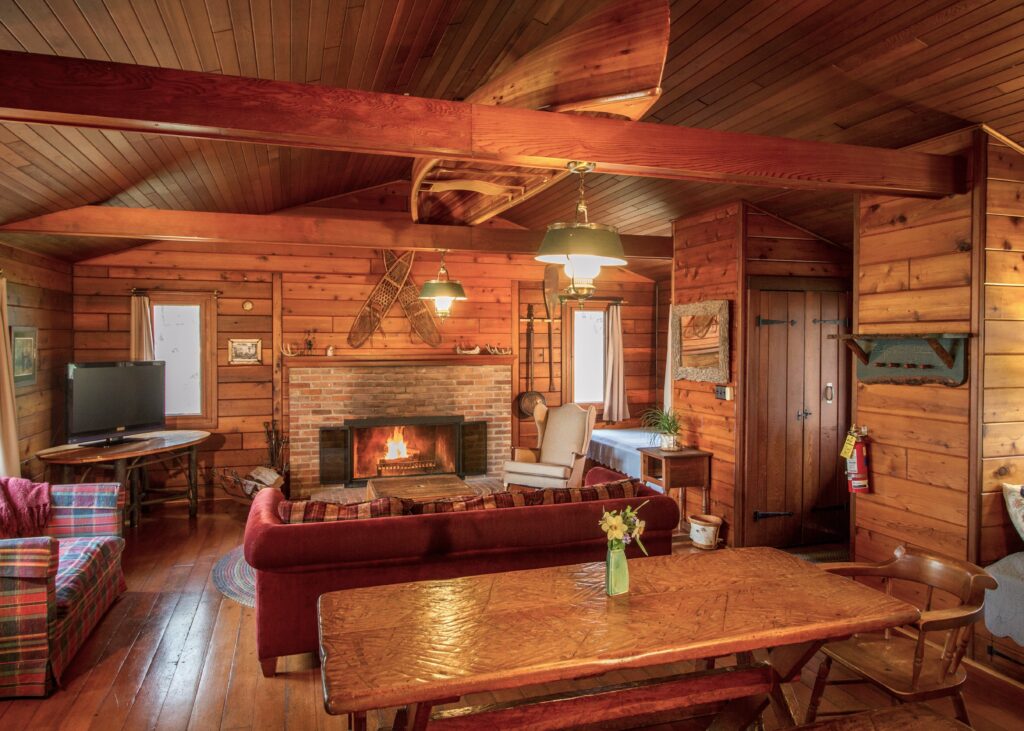
We had found the perfect 3 night getaway. We love cabins and it not only allowed us to cook our own meals, but kept Molly out of significant contact with other people given her weakened immune system. I would HUGELY recommend 4 Mounds to anyone. The grounds are gorgeous, and the John Deere Dike Park is only minutes away … a great spot for walking whether one is a birder or not, but during spring or fall bird migrations even better for the birder.
Some highlights of our cabin included a working stone fireplace, handsome wood decor, an antique wooden canoe hanging from the ceiling, Hudson Bay blankets, and even a 1911 Encyclopedia Britannica. As a fyi, I love reading encyclopedias and I spent time each evening with the over one hundred year old collect. It was pure pleasure for me! The cabin also had superb internet, and a remodeled modern bedroom / bathroom. I could go further with my explanation of the Marvin Gardens Cabin, but Molly is a much better writer than me:
- Molly’s Caring Bridge Entry for our Dubuque Trip
I will however point out that the Dubuque John Deere Works are near by, and we enjoyed a superb free factory tour. The plant is right across the road from the Mississippi River and the John Deere Dike Park, which is my lead-in to Mississippi River birding at the park. The park has an easily walkable path which leads out onto the dike where the path turns north along the river. Your hike takes you in between wetlands, the river, and a small island. The area is excellent birding habitat, particularly waterfowl … once again think spring and fall migrations.
A few photos from my visits to John Deere Dike Park
Great Egrets and White Pelicans
Another popular hiking / birding area is just south of Dubuque … The Mines of Spain Nature Center & Recreation Area. There is an extensive trail system, and a short hike yields some amazing views out over the bluffs and Mississippi River.
